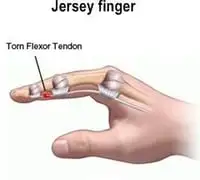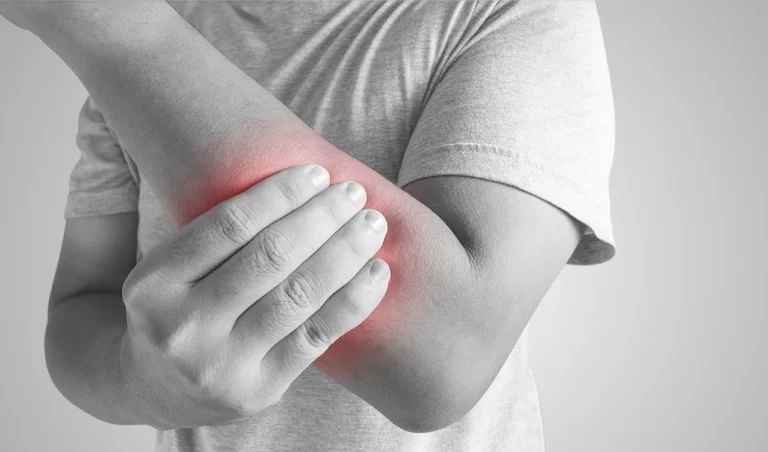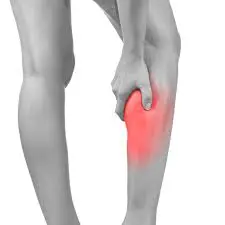Jersey’s finger:
What is a jersey finger?
A Jersey finger, also known as a rugby finger, is a type of injury to the hand where the flexor digitorum profundus (FDP) tendon is avulsed or torn from its insertion point on the distal phalanx bone of the finger. This injury is typically caused by forceful traction or pulling on the finger, such as in rugby or American football when a player’s finger gets caught in another player’s jersey or equipment.
Symptoms of a Jersey’s finger may include pain, swelling, and difficulty flexing or bending the affected finger. Treatment typically involves surgical repair of the torn tendon, followed by a period of immobilization and physical therapy to restore range of motion and strength to the injured finger.
- A jersey finger refers to an avulsion of the flexor tendon, which is the tendon that bends the fingertip down.
- Avulsion of the flexor digitorum profundus from the base of the distal phalanx results in Jersey Finger, a traumatic flexor tendon injury. The diagnosis is made clinically, with the other fingers at rest and one finger slightly extended at the distal interphalangeal. A bone avulsion may be visible on radiographs if it is.
Epidemiology:
- Anatomic location
- ring finger involved in 75% of cases
- 90% of patients’ ring fingertip during grasp is typically more noticeable than other digits.
Cause:
- Pathophysiology:
- Flexor digitorum profundus muscle belly is fully contracted during forceful distal interphalangeal extension
Anatomy:
Muscle
- Flexor Digitorum Profundus
Flexor zones
Extends from the insertion of flexor digitorum superficialis distally
Symptoms of Jersey’s finger:
- Inability to flexion distal interphalangeal joint actively
- Inability to bend joints in a finger
- Pain, ecchymosis, and edema mostly present around the finger and palm
- Numbness in your fingertip
- Tenderness near the palm side of the hand
- Fingertip may be swollen and painful
- Severe pain in the palm just before the base of the finger may be a sign of a rupture
Stages and classification of injury:
- Type 1: Tendon is returned to the palm at the lumbrical origin.
- Type 2: Flexor digitorum profundus tendon retracts to the pulley at the proximal interphalangeal joint.
- Type 3: Avulsion of the largest bony fragment. all flexor digitorum profundus tendon retract to the pulley.
- Type 4: Avulsion of a large bony fragment with an accompanying rupture of the flexor digitorum profundus tendon of the bony fragment.
- Type 5: Avulsion of the largest bony fragment, compare to another significant fracture of the distal phalanx.
Presentation:
Physical examination:
- Pain and tenderness over the volar distal finger
- The finger lies in normal extension compared to other fingers in the resting position
- No active flexion of distal interphalangeal
Imaging:
- Radiography
- Xray
Differntial diagnosis:
- Muscle strain
- Phalanx fracture
Treatment of Jersey’s finger:
- Surgical treatment
- Non-surgical treatment
Surgical treatment for Jersey’s finger:
- Surgery is required for a pain-free active range of motion of the affected digit.
- Surgical management should be performed as early as possible, usually within 3 weeks of injury. Surgical salvage procedures for late presentation include distal interphalangeal joint arthrodesis, tenodesis, and staged tendon reconstructions.
- A variety of surgical procedures, such as the following, are used to treat avulsion injuries to the flexor digitorum profundus:
- The Bunnell pull-out suture technique
- Suture anchor repair
- Patients should be able to return to sports and normal activity within 2-3 months with effective postoperative rehabilitation.
- Direct tendon repair with dorsal button
- indications
- acute injury
- technique
- postoperative rehab should include either
- early patient-assisted passive range of motion or
- dynamic splint-assisted passive range of motion
- ORIF fracture fragment
- indications
- types III and IV
- techniques
- with K-wire, screw, or pull-out wire
- examine for symmetric cascade once fixation completed
- two stage flexor tendon grafting
- indications
- chronic injury in patients with a full passive range of motion of the distal interphalangeal joint
- distal interphalangeal arthrodesis
Non-surgical treatment:
- If the flexor tendon was only partially torn which is rare, surgery may not be required.
- The use of a splint will be accompanied by physical therapy to help improve the strength and movement of the affected finger after 1-3 weeks of immobilization.
Physiotherapy treatment in Jersey’s finger:
- Dorsal Blocking Splint
- Passive Range of motion exercises in the early postoperative phase
- Active or assisted range of motion exercises
- Place and hold exercises
- Strengthening/power grasping exercises
- Scar massage
- Tendon gliding exercises
Summary:
- A jersey finger refers to an avulsion of the flexor tendon, which is the tendon that bends the fingertip down.
- Avulsion of the flexor digitorum profundus from the base of the distal phalanx results in Jersey Finger, a traumatic flexor tendon injury. Clinical examination is used to make the diagnosis when one finger has a modest extension at the distal interphalangeal joint and the other fingers are relaxed. A bone avulsion may be visible on radiographs if it is.
FAQ:
What is the treatment for jersey fingers?
Initial treatment of Jersey’s finger ice, pain relievers, and a finger splint. if in case Jersey’s fingers require an operation to reattach the ligament to its original location. The timing of the operation is determined by tendon slides back.
How do you test for jersey fingers?
Ask the patient to actively straighten the distal interphalangeal by holding the middle phalanx of the affected finger to isolate it. Test results indicating Extensor Digitorum damage are positive if the patient is unable to.
What is jersey finger also called?
Jersey’s finger is also known as the rugby finger.
What Jersey Finger symptoms and indicators are there?
The injured finger cannot flex at the fingertip. The other joints are not affected. The fingertip is painful and may be swollen. In a resting position, the afflicted finger usually remains stretched further than the other fingers.
What is the etiology of the jersey finger?
A Jersey’s finger is a traumatic rupture of the tendon that attaches to the distal phalanx, the flexor digitorum profundus. A Jersey’s finger is a traumatic rupture of the tendon known as the flexor digitorum profundus, which connects to the distal phalanx.







